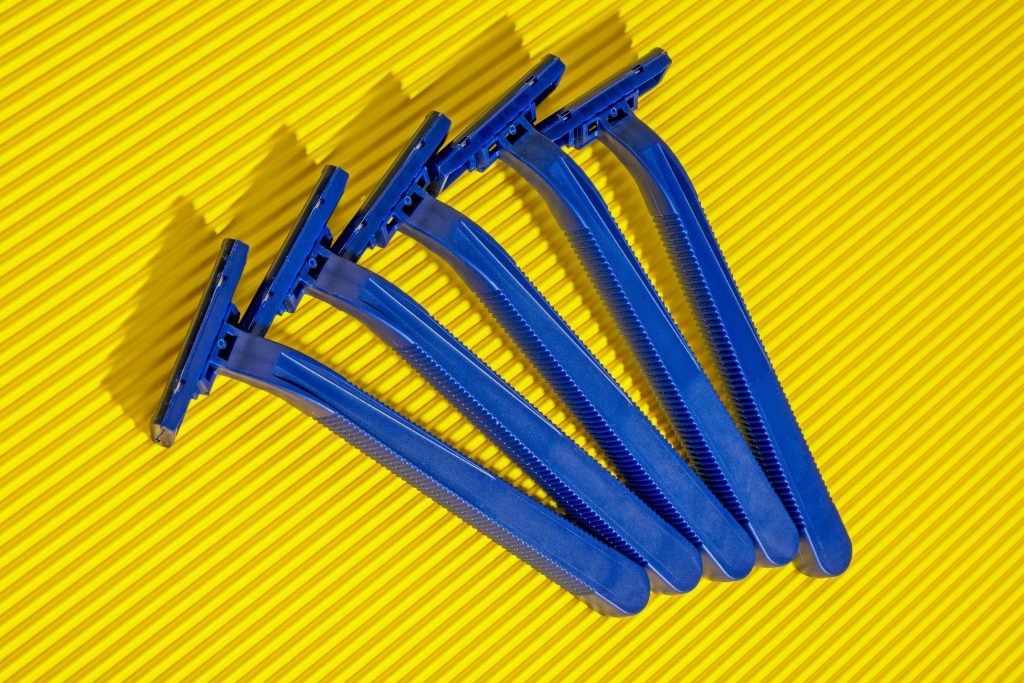A discovery reveals why razor blades go dull when cutting hair that is 50 times softer, in a week. That’s how long a razor blade lasts on an average before it goes lifeless. One would think that they should last longer, given that they are used to cut through soft hair and for much longer when they are coated with harder materials. A month perhaps is too much to expect from the blade.
Similarly, just like razor blades, other steel blades, such as knives and scalpels, also go dull when used exclusively on softer materials.
At MIT, a team of engineers led by C. Cem Tasan, Thomas B. King Associate Professor of Metallurgy, have the answers. The finding was made using an electron microscope that a single hair can chip a blade edge given the right conditions.
The study was conducted to understand a problem that more or less everyone is aware of, why blades become useless when they interact with much softer material. A new way to make blades that will last longer has been determined based on the findings.

As metallurgists, the team wanted to learn the process of deformation of metals so that efforts can be made to produce better, longer-lasting metals.
The findings have been very intriguing and indicate that the hard material will fail when used to cut very soft material. Furthermore, it shows that instead of merely wearing down of metal, as was previously assumed, what happens is that when a blade strikes against a hair under wrong conditions, it becomes stressed and ultimately cracks and chips due to a mechanism called stress intensification. A cycle is of cracks start leading to chipping and chipping, leading to more cracks, resulting in a dull razor and a not so pleasant shave.
MIT graduate student Gianluca Roscioli to learn more about what happens when a blade meets hair examined the disposable blades, he had used to shave under a scanning electron microscope. What he found was that there was chipping, but it was not consistent along the edge. However, very little wear or rounding was found. Additionally, a micro-mechanical apparatus made up of a movable stage and two clamps to hold a commercial razor blade was constructed by Roscioli in a more sophisticated test, to anchor test hairs of various diameters, which were donated by lab colleagues. The device was able to cut at different depths and angles, and it could fit inside the electron microscope.
The analysis shows that when hair cuts perpendicularly, they did not chip the blades. This is not the case when the hair cuts at an angle. Nevertheless, it is not just the angle that is important, but also the consistency in the blade, as indicated by the computer simulations derived from the collected data. The team has filed for a provisional patent for a process to make razor steel more homogeneous, in hopes of improving blade quality.
Roscioli says that they have learned how to make better blades, and now they want to do it. The basic idea is to keep the high hardness while simultaneously reducing the heterogeneity.


